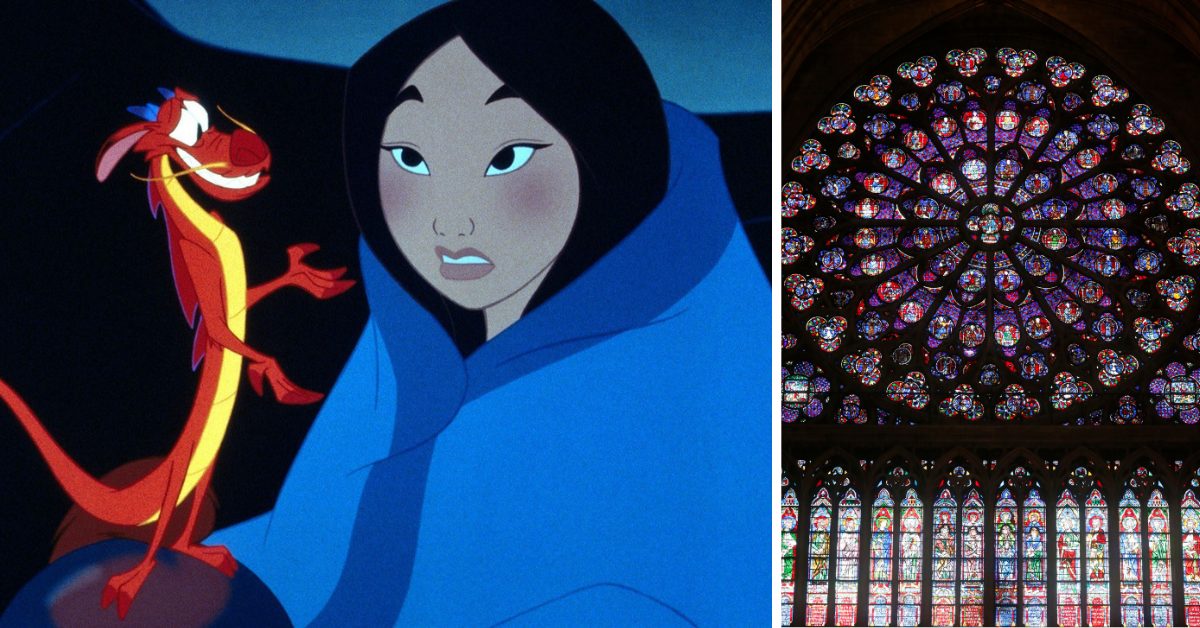Movies based on historical events oftentimes have to give up historical accuracy for viewer satisfaction. This oftentimes means altering historical events or leaving out key details of historical figures’ lives. Disney movies are no exception to this. In fact, Disney seems to more often than not completely ignore real history when they are creating movies. Here we break down seven iconic Disney movies that based their movies on historical events or people but threw caution to the wind while doing so.
1. Hercules
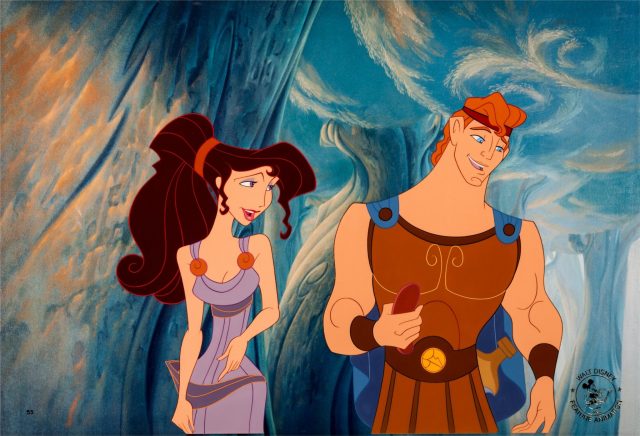
Obviously, Disney’s Hercules is based on Ancient Greek mythology, and chances are that Hercules was never a real person. However, Disney completely changed many historical aspects of this Ancient Greek myth.
According to the real myth, Hercules (which is the Roman version of the Greek name Heracles) and Meg (Megara) didn’t have the happy ending we see in Disney’s version of the story.
Hercules and Meg were married in Greek myth, but Hercules was driven mad by the goddess Hera and ended up killing Meg and their three children. This was actually a smart move for Disney to leave out of a children’s movie.

Speaking of Hera, she was not Hercules’s biological mother in Greek mythology, although she was in Disney’s Hercules. According to Greek mythology, Hercules’ biological parents were Zeus and Alcmene. Alcmene does appear in the Disney version of Hercules but as his adoptive mother, not his biological parent.
Another inaccurate aspect of Disney’s Hercules was the role of Hades. In the movie, Hades was a villain who wanted to see Hercules destroyed so he could take over Mount Olympus. It is true that Hades and Zeus didn’t have a great relationship in Greek mythology, but they did respect each other. In fact, Zeus gave Hades permission to marry his daughter Persephone.
2. Mulan

Disney’s Mulan is based on a real Chinese ballad called the “Ballad of Mulan.” The ballad, which dates all the way back to 386-581 AD, tells the story of a girl who leaves home to join the Imperial Army in her father’s place. Sounds pretty similar to Disney’s Mulan right? Unfortunately, there are some historical inaccuracies in Disney’s Mulan in comparison to both the ballad as well as Imperial China.
There are many small historical inaccuracies throughout Mulan. For starters, the ballad was set sometime in the fifth century. However, the Great Wall of China, which was featured in the Disney retelling of the story, was primarily built by the Ming Dynasty, who ruled from 1368 to 1644. Therefore, the Great Wall of China as it was shown in Disney’s Mulan would not have existed in the fifth century. Similarly, the Chinese characters that Mulan writes on her arm at the start of the film is a form of writing that did not yet exist in the fifth century.
One of the most memorable scenes in Disney’s Mulan is when she was exposed as a woman after receiving a wound that required medical attention. However, according to the “Ballad of Mulan,” Mulan is able to reveal her gender on her own terms after she served in the Imperial Army for 12 years under the guise of a male.
3. The Hunchback of Notre Dame
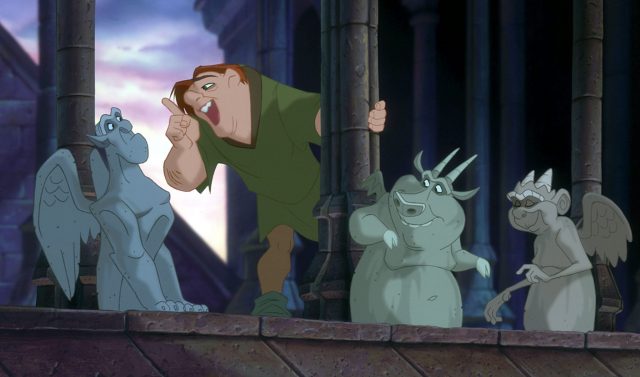
Disney’s The Hunchback of Notre Dame tackles a much more serious subject matter than some of its other movies. Taking place in 15th century Paris, the film tackles different themes including religious hypocrisy, infanticide, prejudice, and different social injustices. However, there are some minor historical inaccuracies in Disney’s The Hunchback of Notre Dame, primarily involving architectural inaccuracies.
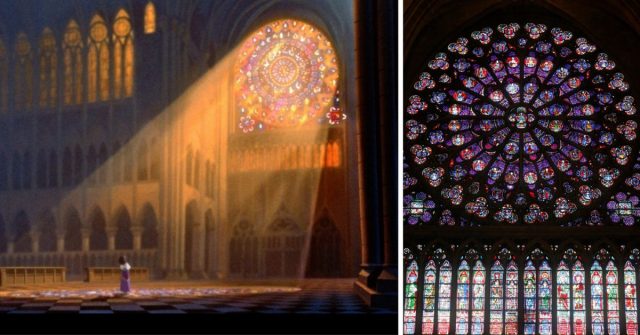
A major feature in The Hunchback of Notre Dame is the Notre Dame Cathedral located in Paris. However, the cathedral in the movie includes different features that had not yet been added to Notre Dame in the 15th century, including the large statues of the twelve apostles. Similarly, the stairs that Quasimodo’s mother died on in the movie are largely imagined. The real Notre Dame is more or less ground level, with no giant sets of stairs in front of it.
4. Anastasia

Technically the movie Anastasia was produced by Fox Animation Studios, but Disney acquired Fox in 2019, so this entry counts, right? Regardless, Anastasia is a highly inaccurate movie mainly because Anastasia Romanov, who the movie is based on, died with the rest of her family during the Russian Revolution in 1918.
Many people had hoped that Anastasia Romanov had escaped the Bolshevik execution. Initially, the bodies of the Romanovs were not found. In the 1990s, scientists used DNA evidence to identify the bodies of Tsar Alexander, his wife, and three of his daughters. However, the body of one daughter and the only boy, Alexei, were not recovered. Because the bodies had been burned, it was difficult to say which Romanov daughter was missing. In 2007, the two missing bodies were found and identified as Alexei and probably his sister Maria, meaning that Anastasia’s body had most likely been recovered in the 1990s.
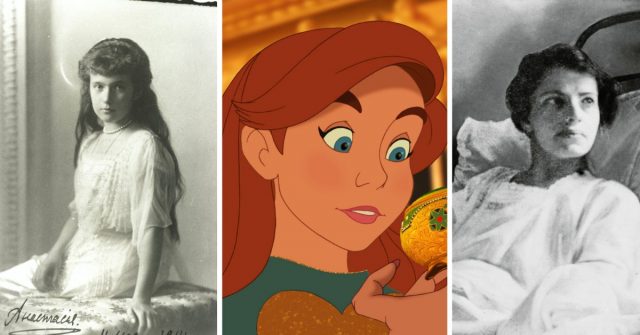
The lack of conclusive evidence on where the Romanov’s bodies were located and then whose body was who led to many different theories that Anastasia survived. This led to many imposters claiming to be the Russian Duchess, most famous being Anna Anderson, who it could be argued Anastasia was also loosely based on.
Other than the fact that Anastasia perpetuates a conspiracy theory, there are other historical inaccuracies throughout the movie. For starters, the villain, Rasputin, is said to be “consumed by hatred” for the Romanovs when in reality, the real Rasputin was a close family friend of the Romanovs. Similarly, the movie takes place in the 1920s when St. Petersburg was not actually called St. Petersburg. In 1914, the city was renamed Petrograd and renamed again in 1924 to become Leningrad. It remained Leningrad until 1945 when it was once again renamed St. Petersburg.
5. Robin Hood
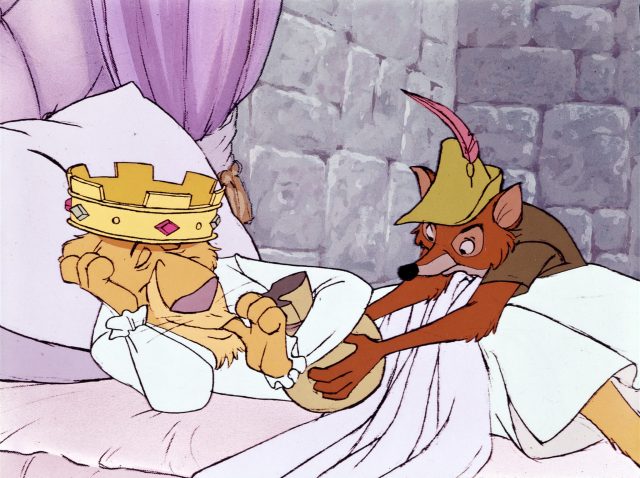
Obviously, Disney’s Robin Hood has taken major historical liberties, you know, because the characters are all different animals and not people. However, the names of the characters help us place the historical time period the story was supposed to be set in.
King Richard, who was the older brother of Prince John in Robin Hood, and was the king of England. However, the real King Richard I ruled England from 1189 until his death in 1199. Knowing this helps place the historical era of Robin Hood and examine some of the historical inaccuracies present in the film.
In Robin Hood, Maid Marian and Lady Cluck are seen playing badminton. Although a great sport, badminton was not invented until the mid-1700s, which is much later than the time period we know Robin Hood is set in. Also, Skippy, the rabbit child, is super excited to receive a “whole farthing” as a birthday gift. While this is undoubtedly a great gift, farthing coins were produced for the first time during the reign of King Edward I, who reigned from 1272 to 1307.
6. Sleeping Beauty
Although Sleeping Beauty is truly based on a fairy tale, we have a pretty good idea of what era the film was supposed to take place in. In fact, we can narrow it down to the exact century. Luckily, Prince Phillip tells his father that he is “living in the past, this is the 14th century!”
Unfortunately for Prince Phillip, the waltz he does at the end of the movie with Aurora is a little bit too modern for the 14th century. The type of dance they do at the end of the movie first emerged around the 16th century. More likely, Prince Phillip and Aurora would have been doing some type of line dance that was popular in the 14th century. Prince Phillip certainly would not have been touching Aurora’s waist in the 14th century, but perhaps they would have held hands while dancing.
7. Pocahontas
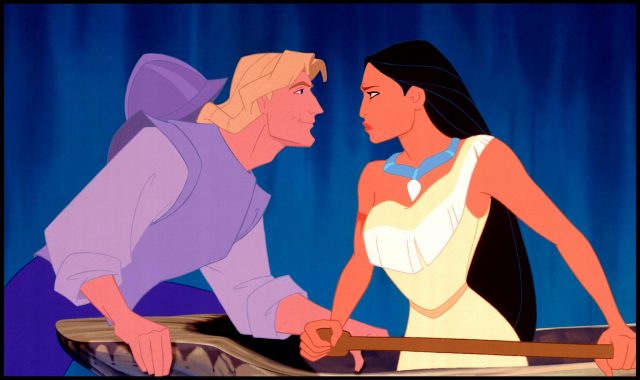
A list of Disney’s historical inaccuracies wouldn’t be complete without mentioning Pocahontas – the most historically ignorant of all Disney movies. For starters, Disney completely romanticizes the story of Pocahontas – as in literally making the story romantic. When the real Pocahontas met the real John Smith in 1607, she was said to have been around 10 or 11 years old while John Smith was 27 years old. A real romance between these two would have been extremely troubling and completely inappropriate, and yet Disney decided to make the two romantically involved in the movie.
In reality, Pocahontas worked as a liaison between the British and Powhatan Chiefdom.
